No Fur, No Fuss: Discover Dog Breeds That Don’t Shed ;
** Introduction to what dog breeds don’t shed **
Are you dreaming of a furry companion but dread the constant cleaning that comes with shedding? you’re not alone. Many potential pet owners face this same dilemma, especially those who have allergies or like a clean house. The good news is that there are many dog breeds that do not shed hair, making them ideal for those who want a loving pet without the hassle of hair all over the house.

Table of Contents
When considering which dog breeds do not shed, it is important to note that “non-shedding” is a bit of a misnomer. All dogs shed some amount of hair, but some breeds shed so little that it is not noticeable. These breeds usually have hair instead of fur, which grows continuously and sheds less frequently. It not only keeps your home clean but can also prove to be a boon for allergy sufferers.
In this blog post, we will learn about some of the best non-shedding dog breeds that can fit perfectly into your lifestyle. From the adorable Poodle to the adorable Maltese, you’ll find breeds that are not only hypoallergenic but also full of personality and love. So, if you’re ready to find your ideal, low-shedding furry friend, read on to learn more about these wonderful dog breeds.
Understanding Shedding ;
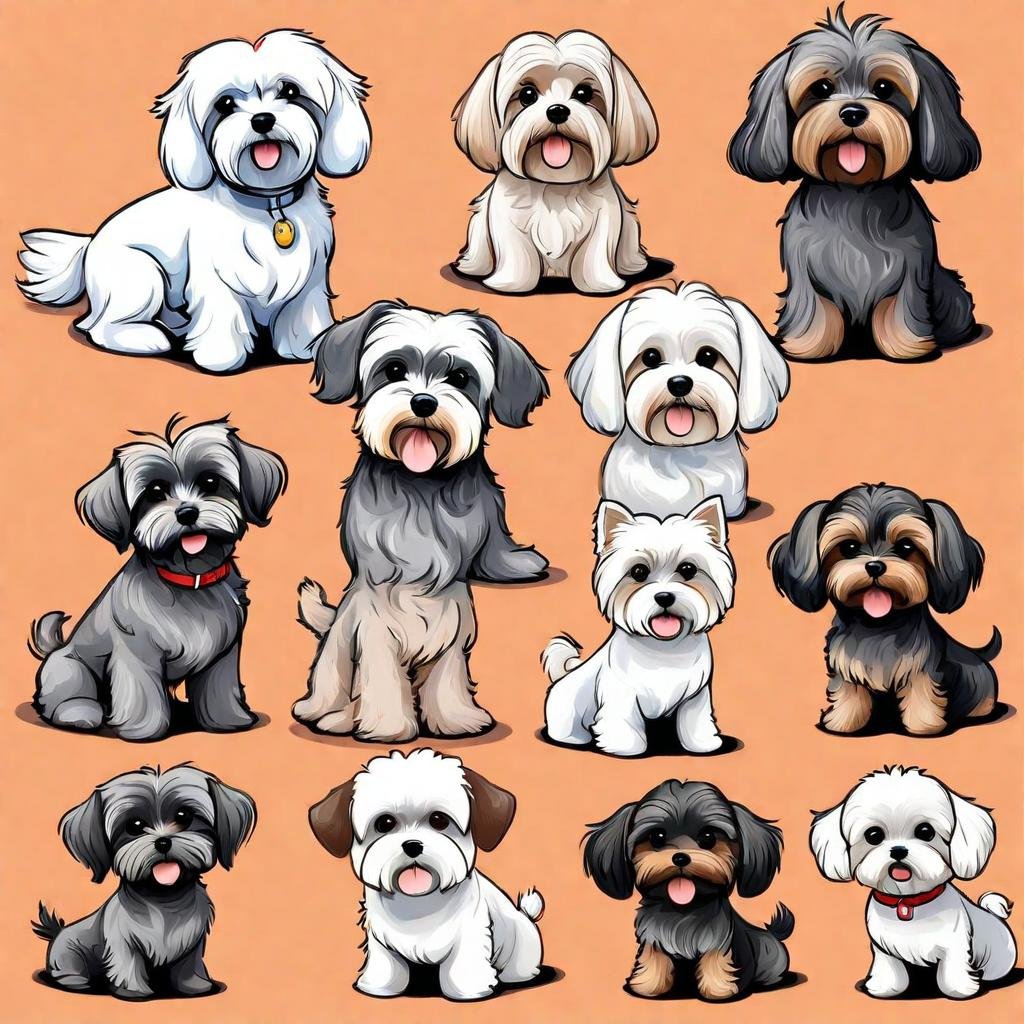
Understanding shedding is key to finding the right pet for your home, especially when you’re researching which dog breeds don’t shed. Shedding is a natural process where dogs lose old or damaged hair, just like humans. This process can vary greatly between different breeds, with some dogs shedding very large amounts of hair, while others shed very little.
Non-shedding dog breeds, often referred to as hypoallergenic, usually have hair instead of fur. Unlike fur, hair grows longer and sheds less, resulting in minimal shedding. This can be a great benefit for keeping your home clean and for allergy sufferers. However, it is important to remember that no dog is completely hypoallergenic. However, breeds that shed less are less likely to spread allergies around your home.
Factors that influence hair loss include genetics, the dog’s health, and the weather. Some breeds shed more hair in response to changes in daylight and temperature, while others maintain a uniform coat year-round. By choosing a dog from one of the breeds that don’t shed a lot of hair, you can enjoy the company of a pet without the constant battle against hair on your furniture and clothes.
Top 15 Non Shedding Dog Breeds ;
Sure! Here are the top 15 non-shedding dog breeds, each known for minimal shedding and a great choice for those looking for a low-maintenance furry friend:
1. Poodle :

Poodles come in three sizes: standard (male: 18–24 inches, 60–70 pounds; female: 18–24 inches, 40–50 pounds), miniature (10–15 inches, 10–15 pounds), and toy ( Below) 10 inches, 4-6 pounds). They have curly coats in colors like white, black and apricot. Known for their intelligence and playful nature, the Poodle requires regular grooming, daily exercise, and mental challenges.
2. Bichon Frize :
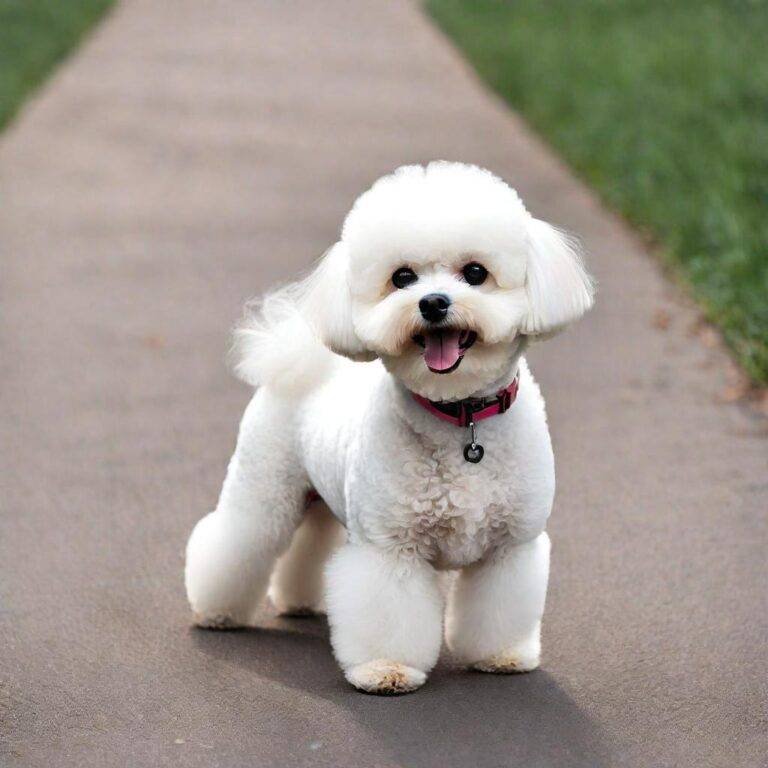
Bichon Frize are small dogs, typically standing 9.5-11.5 inches tall and weighing 12-18 pounds. They have fluffy, hypoallergenic coats in white or white with patches of apricot or cream. Known for their cheerful and affectionate nature, Bichon Frize are social and playful companions. Regular grooming is necessary to keep their coat mat-free, and they thrive on daily walks and interactive play time.
3. Portuguese Water Dog :
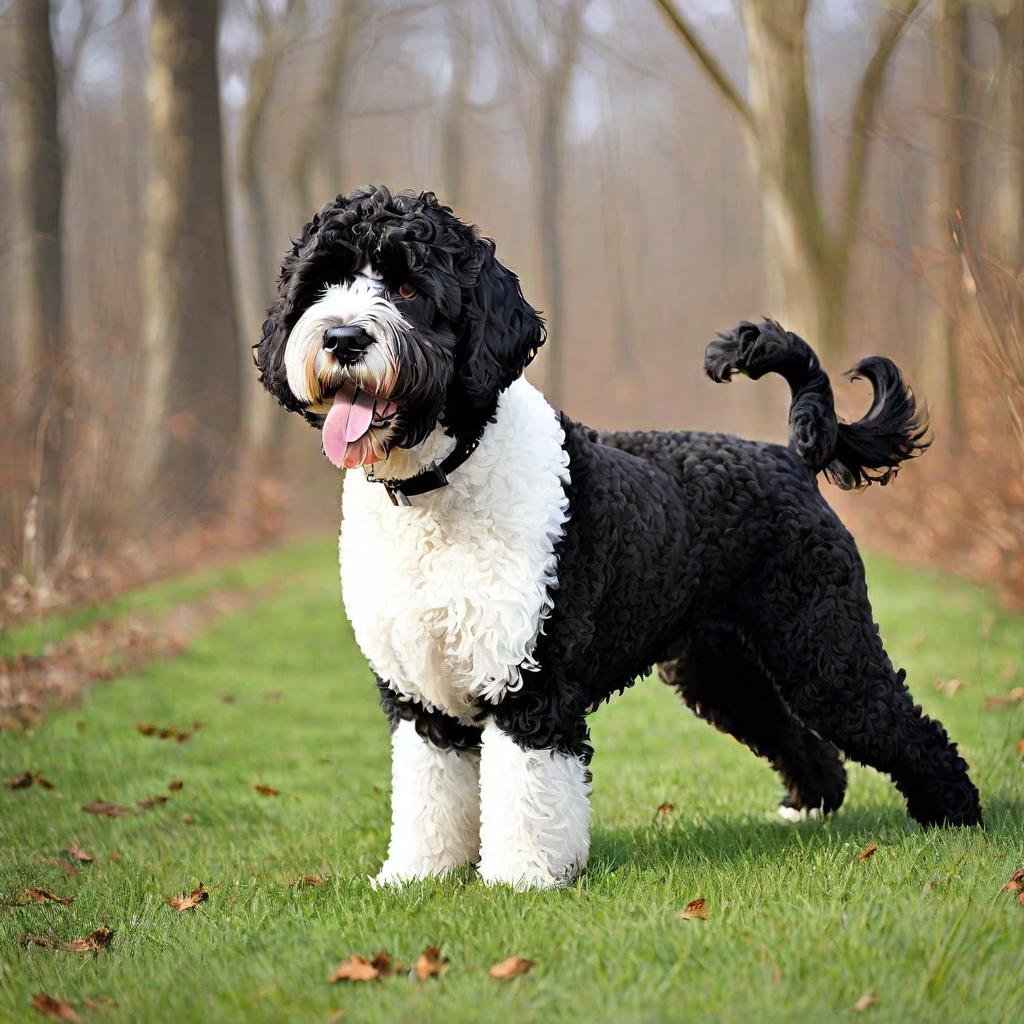
Portuguese Water Dogs are medium-sized, with males typically standing 20-23 inches tall and weighing 42-60 pounds, and females being slightly smaller. They have thick, curly coats that come in black, brown, white, or a combination of these colors. Known for their friendly and energetic nature, Portuguese Water Dogs are excellent swimmers and love to be active. Regular exercise, mental stimulation and grooming are essential to keep them happy and healthy.
4. Schnauzer :
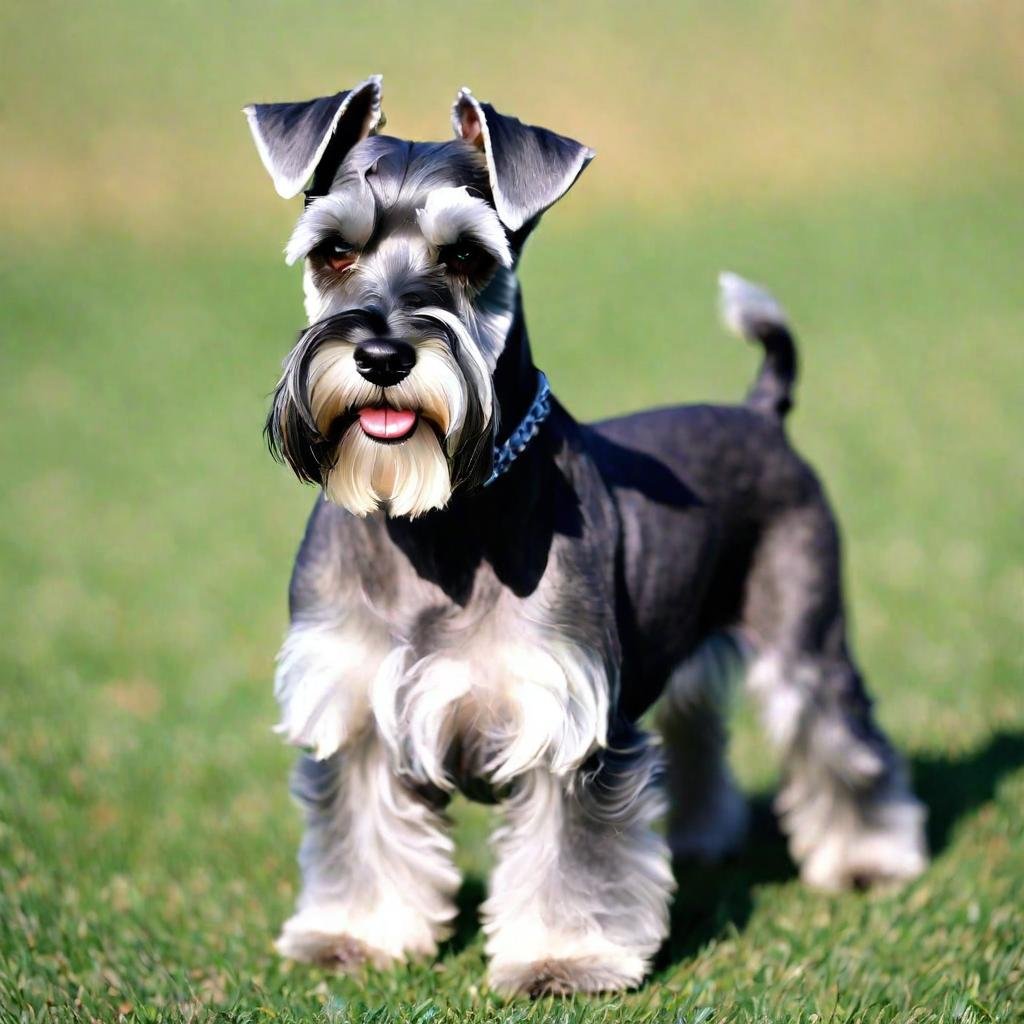
Schnauzers come in three sizes: miniature, standard, and giant. Miniatures stand 12-14 inches tall and weigh 11-20 pounds, while standards stand 17-20 inches tall and weigh 35-50 pounds. Giants are the largest, measuring 23.5-27.5 inches tall and weighing 55-80 pounds. They have wirey coats in colors like salt and pepper, black or white. Schnauzers are intelligent, loyal, and make excellent watchdogs. Regular grooming and moderate exercise is essential to keep them happy and healthy.
5. Maltese :
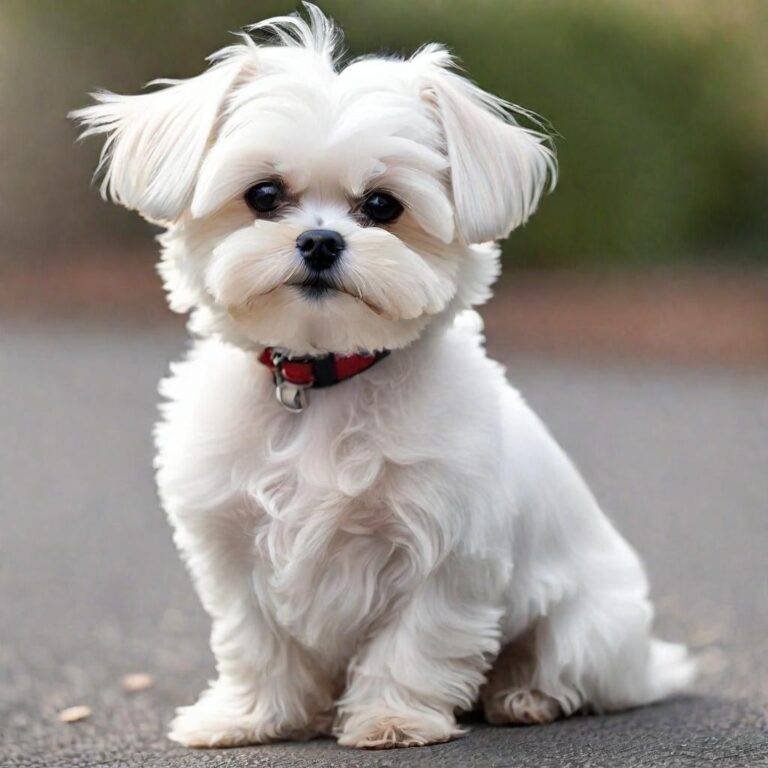
Maltese dogs are small, standing 8-10 inches tall and weighing 4-7 pounds. They have long, silky white coats. Known for their affectionate and playful nature, Maltese dogs make wonderful companions. They are gentle and good with children, but can suffer from separation anxiety if left alone for long periods of time. Regular grooming and indoor exercise including daily brushing to avoid mats meet their care needs.
6. Shih Tzu :
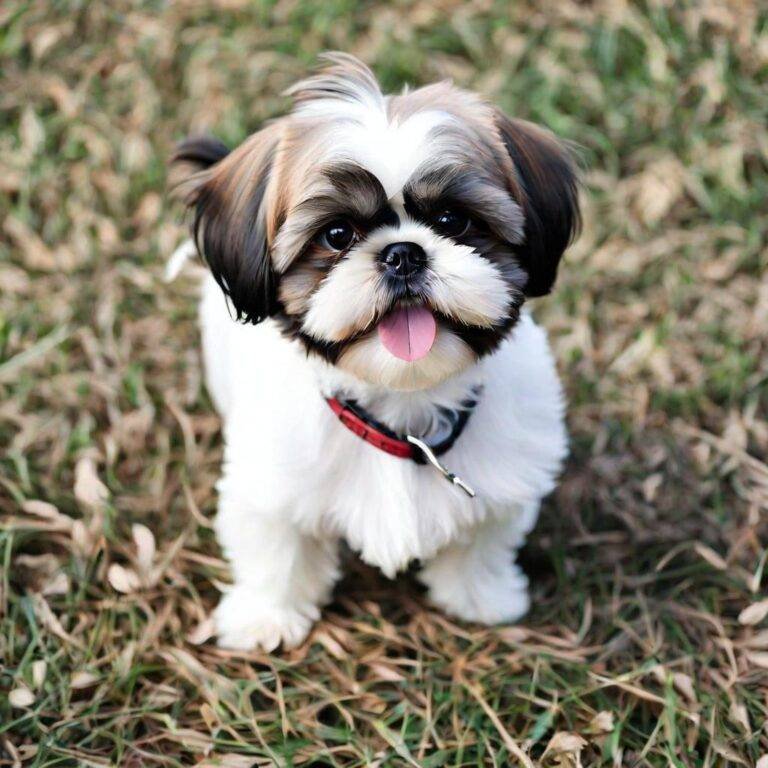
Shih Tzus are small dogs, standing 8-11 inches tall and weighing 9-16 pounds. They have luxurious, long coats of various colors including gold, black, white and combinations of these. Known for their friendly and affectionate nature, Shih Tzus are loyal companions. They thrive on human contact and enjoy being pampered. Regular grooming and indoor play time are sufficient for their care needs to maintain the health of their coat.
7. Yorkshire Terrier :
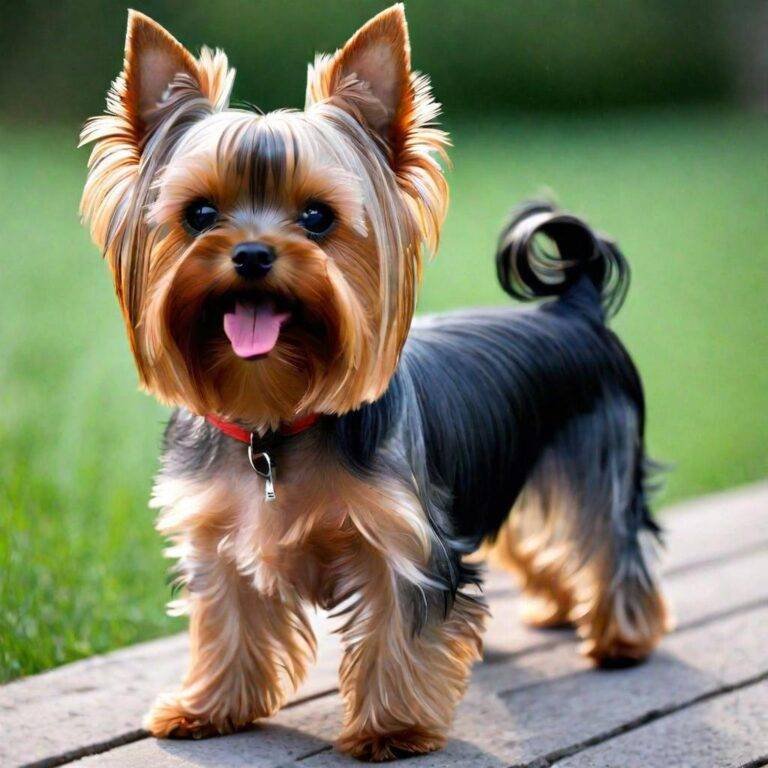
Yorkshire Terriers, or Yorkies, are small dogs, typically 7-8 inches tall and weighing 4-7 pounds. They have long, silky coats of blue and gray. Known for their confident and enthusiastic nature, Yorkies are brave and affectionate companions. Despite their small size, they are energetic and enjoy playing. Regular grooming and moderate exercise meet their care needs to maintain the health of their coat.
8. Havanese :
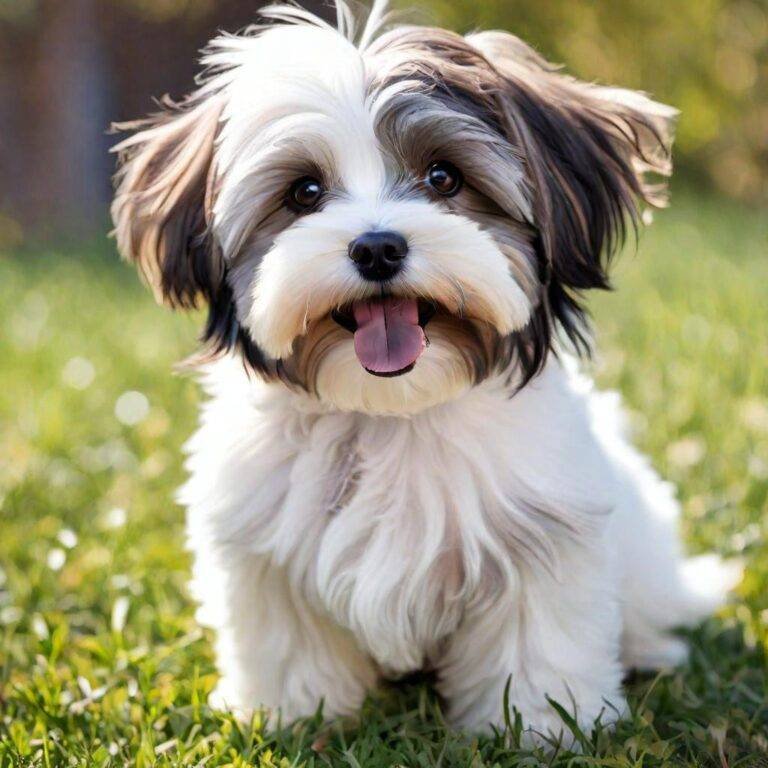
Havanese dogs are small, standing 8.5-11.5 inches tall and weighing 7-13 pounds. They have a silky, wavy coat that comes in a variety of colors including white, cream and black. Known for their cheerful and affectionate nature, Havanese are social and make excellent family pets. They are intelligent and easily trainable. Regular grooming to avoid matting and daily exercise to keep them active and happy is enough for their care needs.
9. Labradoodles :
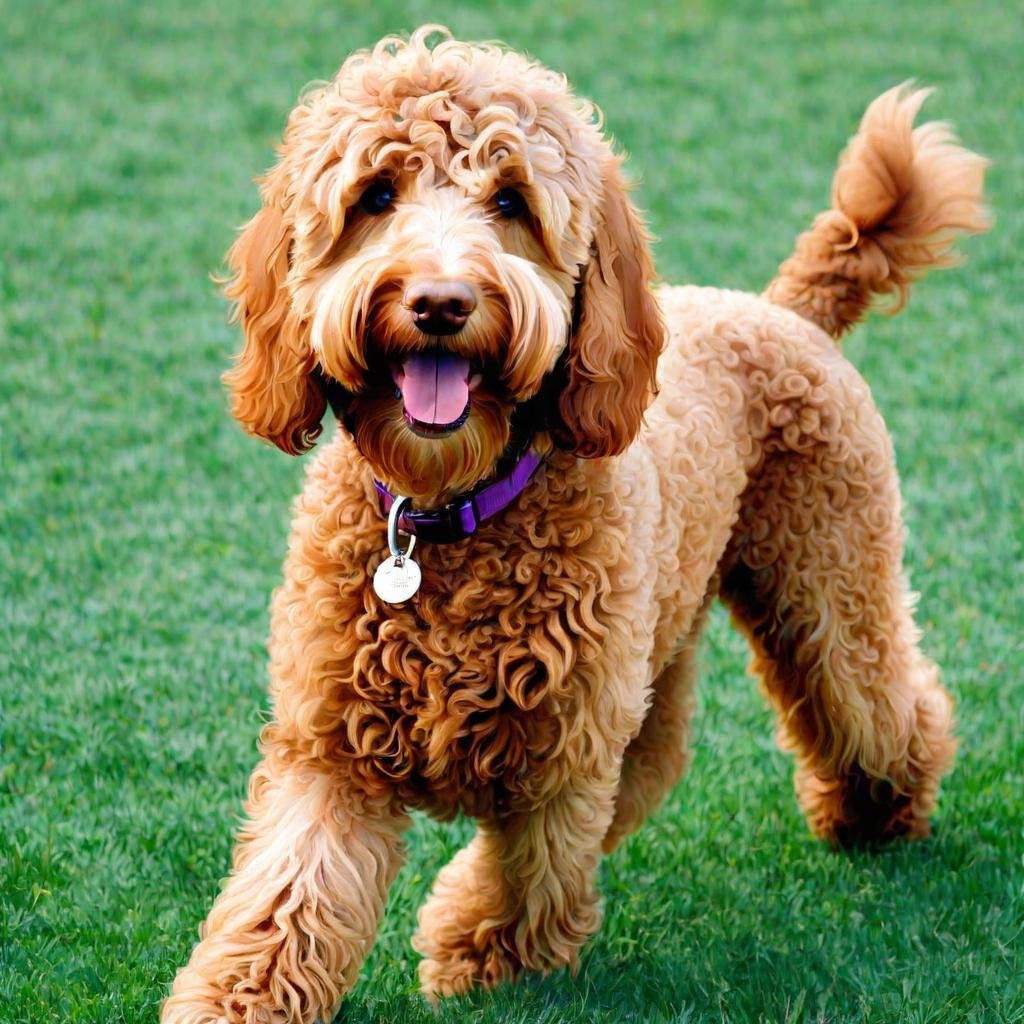
Labradoodles vary in size depending on the parent breed. Standard Labradoodles stand 21-24 inches tall and weigh 50-65 pounds, while Miniature Labradoodles stand 14-17 inches tall and weigh 15-25 pounds. They come in a variety of colors including black, chocolate, cream and golden. Labradoodles are friendly, intelligent, and affectionate, making them excellent family pets and therapy dogs. Regular exercise, mental stimulation and grooming ensure their well-being and happiness.
10. Cairn Terriers :
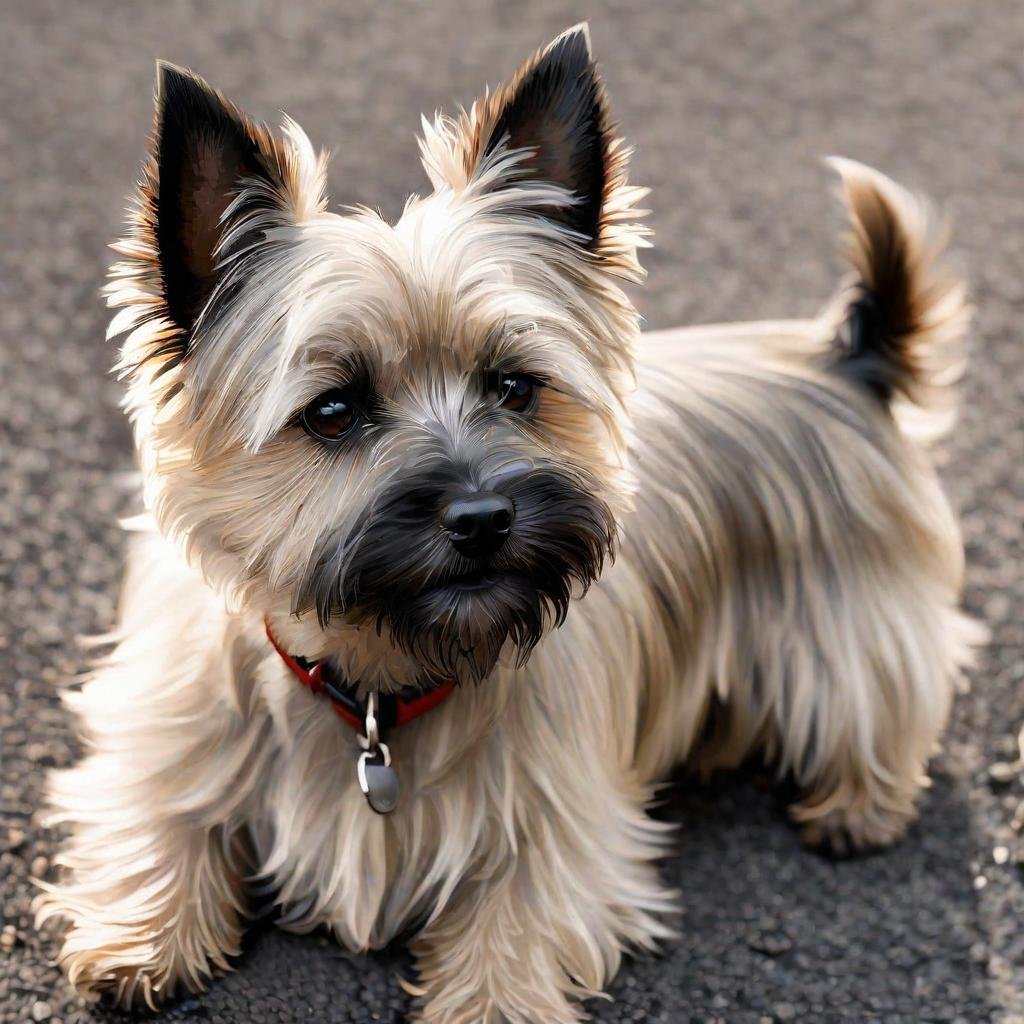
Cairn Terriers are small dogs, typically standing 9-10 inches tall and weighing 13-14 pounds for males and slightly less for females. They have a shaggy double coat in colors like wheaten, fawn and red. Known for their lively and curious nature, Cairn Terriers are spirited and affectionate companions. Regular exercise, mental stimulation and care to prevent matting are essential to their well-being and happiness.
11. West Highland White Terriers :
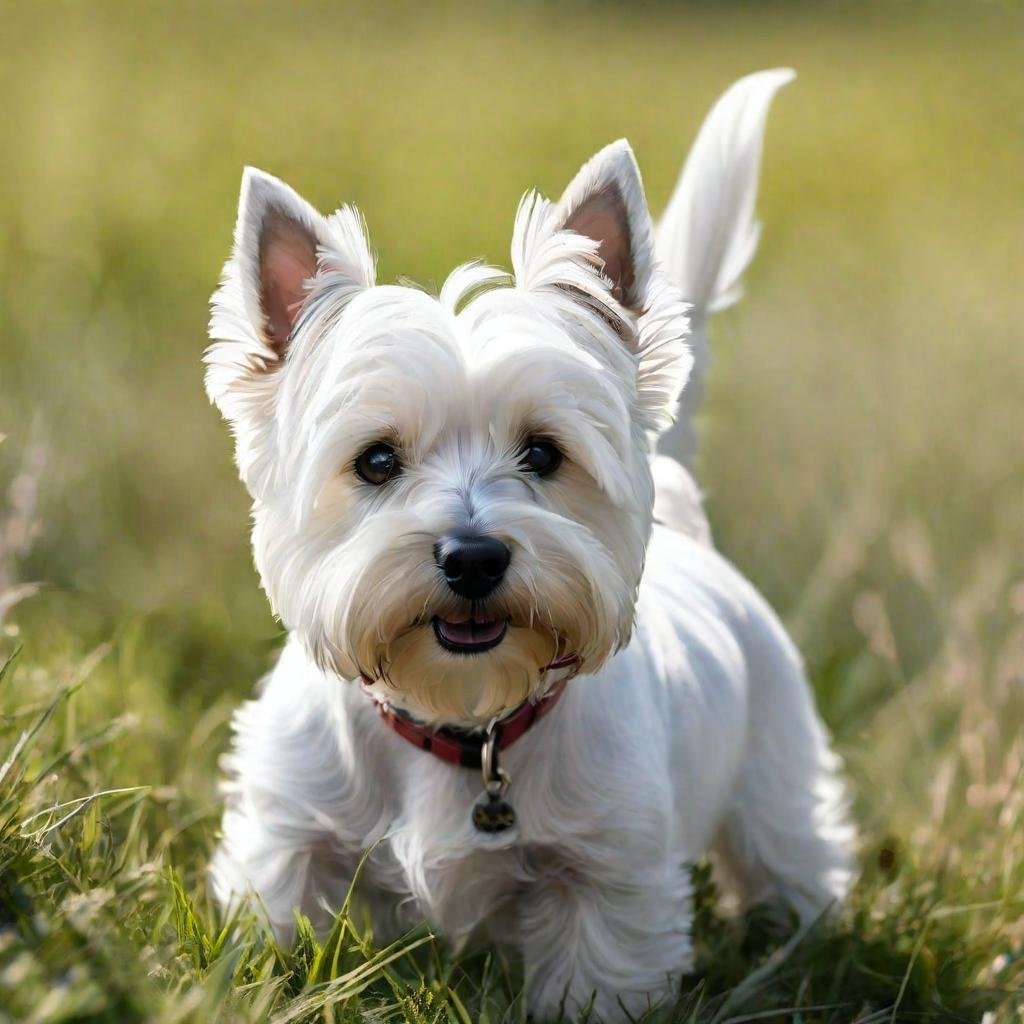
West Highland White Terriers, or Westies, are small dogs, standing 10-11 inches tall and weighing 15-20 pounds for males and slightly less for females. They have a double coat consisting of a soft undercoat and a hard outer coat, all of which is white in color. Known for their confident and friendly nature, Westies are spirited and alert companions. Regular grooming and moderate exercise meet their care needs, keeping them happy and healthy.
12. Chinese Crested :
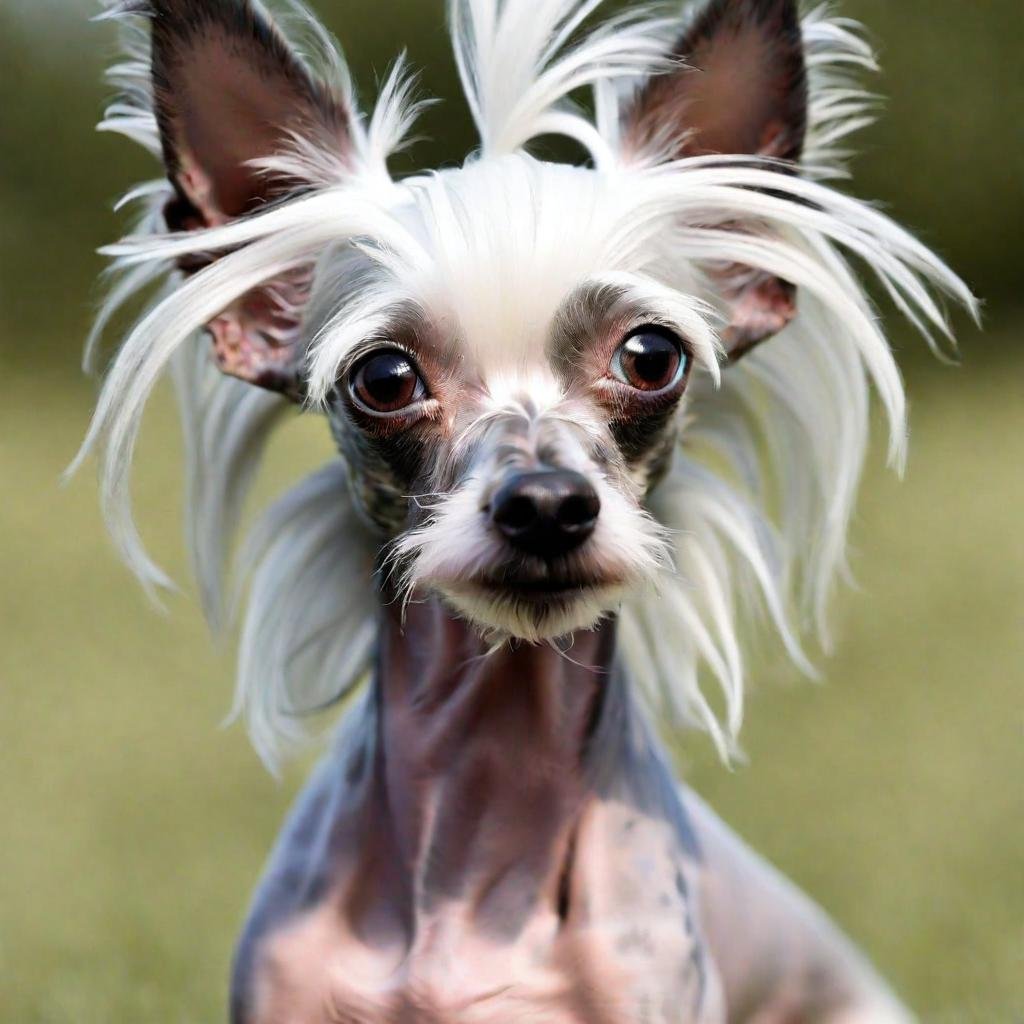
Chinese Crested dogs come in two varieties: hairless and powderpuff. Hairless Crested stand 11-13 inches long and weigh 5-12 pounds, while Powder puffs are similar in size. Hairless Crested have smooth, soft skin and hair on their head, tail and legs. Powder Puffs have a full coat of soft, silky hair. They are affectionate, playful and full of companionship. Regular grooming of Powder Puffs and skin care of the hairless varieties ensures their well-being.
13. Basenjis :
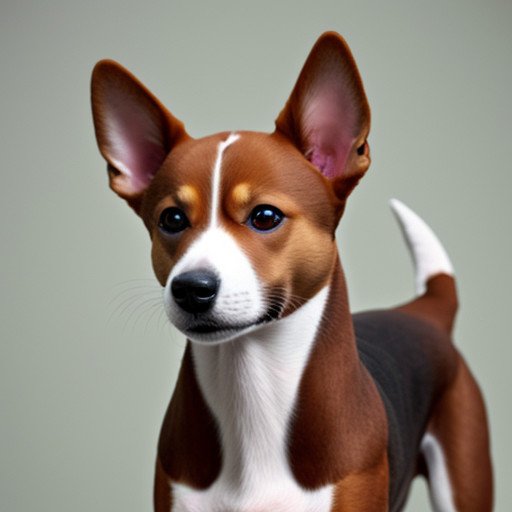
Basenjis are medium-sized dogs, standing 16-17 inches tall and weighing 22-24 pounds with males and females slightly less. They have short coats in colors like red, black, brindle and tricolor. Known for their curious and independent nature, the Basenji is intelligent and alert. They are often described as “barkless” dogs, but they are vocal in other ways. Regular exercise, mental stimulation and consistent training are essential for their well-being.
14. Kerry Blue Terriers :
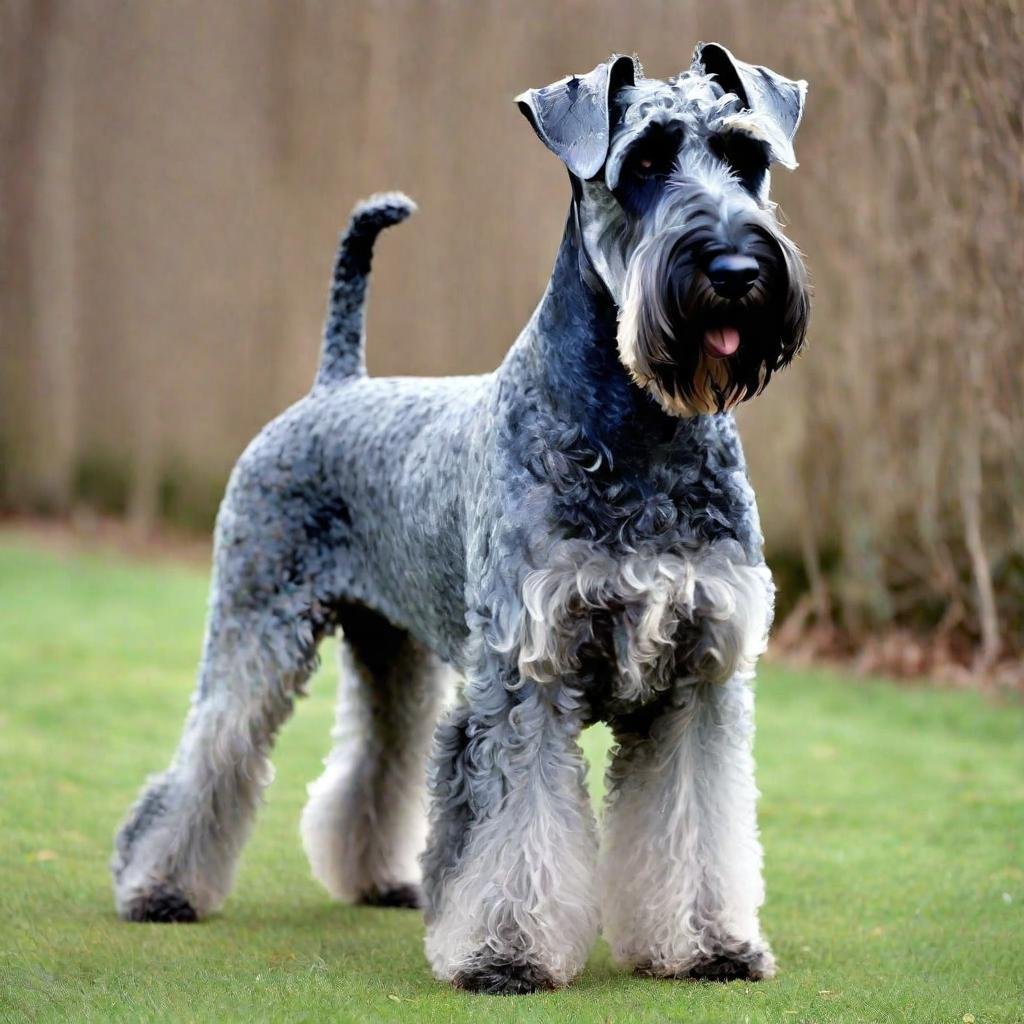
Kerry Blue Terriers are medium-sized dogs, standing 17.5-20 inches tall and weighing 33-40 pounds for males and slightly less for females. They have a soft, wavy coat that starts out black and gradually turns blue-gray. Known for their loyal and playful nature, Kerry Blues are intelligent and active. Regular care and daily exercise, including professional trimming every few months, are important for their well-being.
15. Irish Water Spaniels :

Irish Water Spaniels are medium to large-sized dogs, standing 21-24 inches tall and weighing 55-65 pounds for males and slightly less for females. They have a curly, water-resistant coat that comes in livery colors. Known for their friendly and energetic nature, the Irish Water Spaniel is intelligent and excels at water activities. Regular exercise, mental stimulation and periodic grooming to maintain their coat is essential to their well-being.
If you’re looking for a dog that doesn’t shed a lot of hair, helps keep your home cleaner, and reduces allergy problems, these breeds are excellent choices.
Benefits of Non-Shedding Dog Breeds ;
When considering which dog breeds do not shed, it is important to understand the unique benefits these breeds offer. One of the main benefits is a significant reduction in allergies. Non-shedding dog breeds, often referred to as hypoallergenic, produce fewer allergens, making them a better choice for people with allergies. This means you can enjoy the company of a pet without the constant sneezing and itching.
The second benefit is the cleanliness of your home. Dogs that don’t shed much hair help keep your living space cleaner, and shed less fur on your furniture, clothes, and floors. This not only reduces the time and effort spent on cleaning but also helps in maintaining a clean and welcoming environment.
Non-shedding breeds also have coats that require regular grooming. Although this may seem like extra work, it actually provides an opportunity for engagement. Regular grooming sessions allow you to spend quality time with your pet, strengthening your relationship and ensuring they look their best.
Finally, these breeds are often sought after for their unique coat types, which can range from curly to silky. It not only makes them look different but also adds a touch of beauty and charm to their appearance. So, if you are looking for a pet that combines beauty, cleanliness, and hypoallergenic qualities, non-shedding dog breeds are an excellent choice.
Care and Maintenance of Non-Shedding breeds ;
When considering which dog breeds do not shed hair, it is essential to understand their unique care and maintenance needs. Non-shedding breeds may leave less hair around your home, but they often require regular grooming to keep their hair healthy and mat-free. This grooming routine includes brushing several times a week to prevent tangles and tangles, which is important for breeds with long or curly hair.
Regular grooming not only keeps your dog’s coat looking good, but also provides an excellent opportunity for bonding. You will find that your pet enjoys the attention and care you provide during these sessions. Additionally, many non-shedding breeds require occasional professional care to trim their coats and maintain their shape, ensuring they remain comfortable and stylish.
Bathing is another important aspect of care. Dogs who do not shed often require regular bathing to keep their skin and coat clean and healthy. Using a gentle, dog-specific shampoo will help avoid skin irritation.
It is also important to pay attention to their ears, nails and teeth. Regular ear cleaning prevents infections, nail trimming keeps their paws healthy, and consistent dental care ensures a bright smile and good overall health.
By dedicating time to proper care and maintenance, you will ensure that your non-shedding dog is happy, healthy, and looking its best. This commitment to their well-being is a rewarding part of owning a non-shedding breed.
Considerations Before Choosing a Non-Shedding Breeds ;
When figuring out which dog breeds do not shed hair, it is important to consider several factors to ensure that you choose the right pet for your lifestyle. First of all, while non-shedding breeds are great for reducing allergies and keeping your home clean, they often require regular grooming. This means you have to be prepared for frequent brushing, occasional professional grooming, and regular bathing to maintain the health and appearance of their coat.

Another consideration is the breed’s activity level. Non-shedding dogs, such as the Poodle or Portuguese Water Dog, can be quite energetic and require daily exercise to stay healthy and happy. Make sure you have the time and commitment to provide them with adequate physical and mental stimulation.
Nature is also important. Different non-shedding breeds have different personalities, from the lively and independent Basenji to the affectionate and social Havanese. Make sure the breed’s temperament suits your family’s lifestyle and activity levels.
Additionally, consider the space you have in your home. Some non-shedding breeds, such as the Miniature Schnauzer, adapt well to apartment living, while other breeds, such as the Standard Poodle, may need more room to roam.
By carefully considering these factors, you will find the perfect non-shedding breed that fits seamlessly into your life, providing companionship without the hassle of excessive shedding.
Living with a Non-Shedding Dog ;
Living with a non-weaning dog can be a pleasant experience, especially if you are concerned about allergies and hygiene. When considering which dog breeds do not shed hair, it is important to prepare for their unique care needs. Although these breeds shed minimally, they still often require regular grooming. This includes brushing their coat several times a week to keep their hair from becoming matted and matted and occasional professional grooming to keep their hair trim and clean.
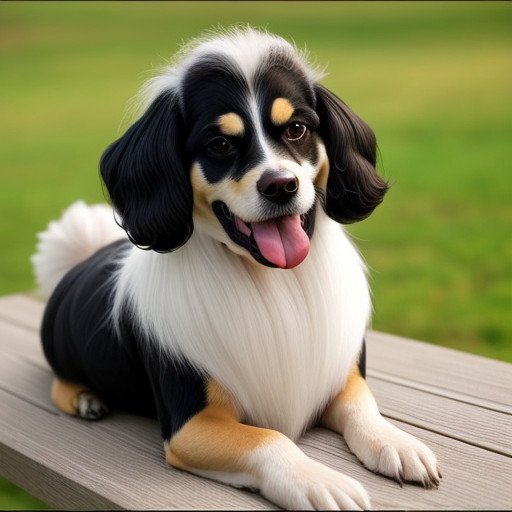
These grooming sessions provide a great opportunity to bond with your pet. Most non-shedding dogs, such as the Bichon Frize or Shih Tzu, enjoy the attention and care they receive during grooming, making it an enjoyable experience for both of you.
Non-shedding dogs generally thrive on companionship and can be quite affectionate. They are great for families and individuals who spend a lot of time at home. Regular exercise is important, as many of these breeds are active and playful. Daily walks and play time will keep your dog healthy and happy.
Training and socialization are also important. Non-shedding breeds are often intelligent and eager to please, making them relatively easy to train. Positive reinforcement techniques work best, ensuring they grow up to be well-behaved and friendly pets.
Overall, living with a dog without shedding means enjoying a clean home and a loyal companion, provided you are prepared to meet their care and activity needs.
** Conclusion **
Choosing a pet is a big decision, and if you’re looking for which dog breeds don’t shed hair, you’re on the right track to a cleaner home and fewer allergies. Non-shedding breeds offer a unique blend of benefits, from hypoallergenic properties to reduced cleaning efforts. However, it is important to remember that these dogs still require regular care, exercise, and attention.
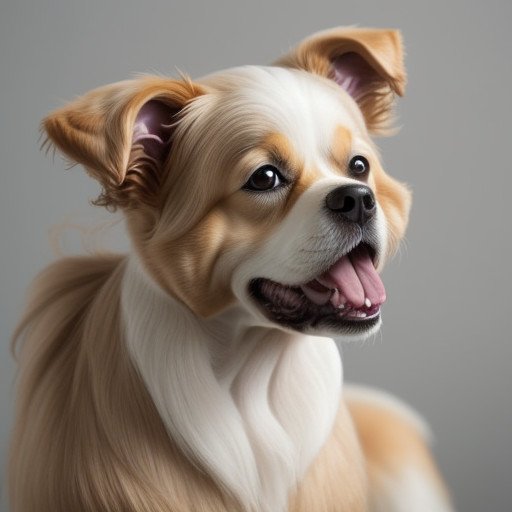
Living with a non-shedding dog means following a consistent care routine to keep their coat healthy and beautiful. This routine becomes a special bonding time that strengthens your relationship with your furry friend. Additionally, their lively and affectionate nature ensures that they are wonderful companions who fit seamlessly into a variety of lifestyles, whether you have a busy family or you live alone.
Exercise and mental stimulation are important for these breeds. Regular walks, play time and training sessions keep them happy and well-behaved. Their intelligence makes them eager to learn, and they thrive on positive reinforcement.
Finally, non-shedding dogs are perfect for those who want a loving pet without the problem of constant shedding. By understanding their unique needs and committing to their care, you’ll enjoy a loyal and joyful companion who improves your life in countless ways. So, if you’re ready for a new pet, consider the many wonderful non-shedding breeds available.
You might be interested in reading this post as well Best Dog Breeds to own
No Fur, No Fuss: Discover Dog Breeds That Don’t Shed ; ** Introduction to what dog breeds don’t shed ** Are you dreaming of a furry companion but dread the constant cleaning that comes with shedding? you’re not alone. Many potential pet owners face this same dilemma, especially those who have allergies or like a…
You can read this post https://tomeshnews.co.in/family-kid-friendly-best-dog-breeds/
What dog breeds don’t shed?

Non-shedding dog breeds include Poodles, Bichon Frises, Portuguese Water Dogs, Schnauzers, Maltese, Shih Tzus, Yorkshire Terriers, Havanese, Labradoodles, Cairn Terriers, West Highland White Terriers, Chinese Crested, Basenjis, Kerry Blue Terriers, and Irish Water Spaniels.
Are non-shedding dogs hypoallergenic?
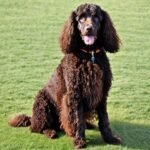
While no dog is completely hypoallergenic, non-shedding breeds produce fewer allergens, making them a better choice for people with allergies.
Do non-shedding dogs require grooming?
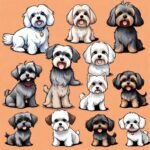
Yes, non-shedding dogs often require more grooming than shedding breeds. Regular brushing, occasional baths, and professional grooming are necessary to keep their coats healthy and mat-free.
Do non-shedding dogs need exercise?
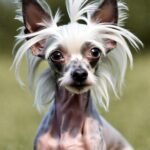
Absolutely. Like all dogs, non-shedding breeds need regular exercise to stay healthy and happy. This can include daily walks, playtime, and mental stimulation.
Are non-shedding dogs good for families?
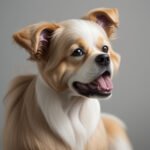
Yes, many non-shedding breeds are great with families and children. They are often friendly, affectionate, and enjoy being part of family activities.
Can non-shedding dogs live in apartments?
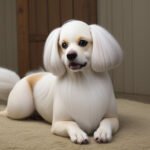
Yes, many non-shedding breeds are well-suited for apartment living due to their size and adaptability. However, they still need regular exercise and mental stimulation.
